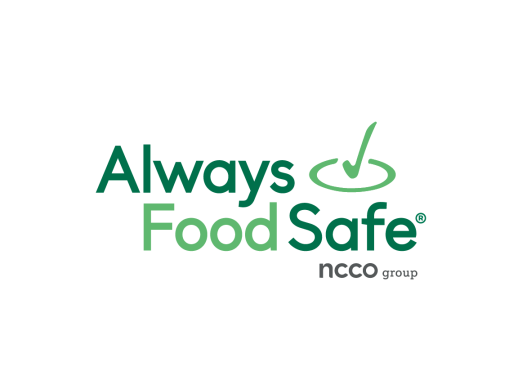With takeout and delivery becoming more popular as people limit the time they spend out of the house, food is even more at risk for temperature abuse. Cooking and storing food at the wrong temperature causes bacteria to multiply at a rapid pace and can lead to foodborne illness.
To prevent temperature abuse and protect your customers from foodborne illnesses, let’s look more at what temperature abuse is, how it happens, and how you can stop it.

 English
English
 Spanish
Spanish
